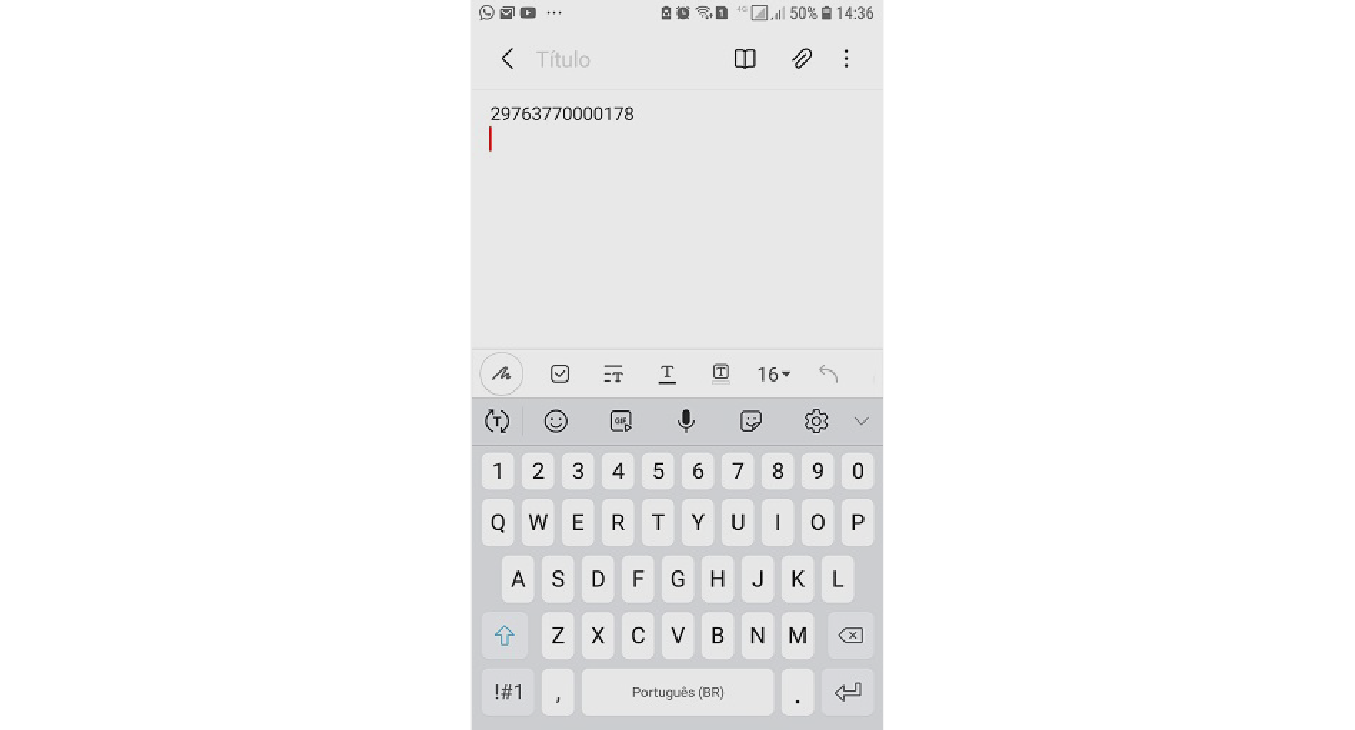The QWERTY Problem
mar 13 2023What do computer keyboards and roast beef have in common?
By Marcos Chiquetto

Economists have a name for the kind of problem created when norms are followed just out of custom, even if they don’t result in the best processes that current technology has to offer. They call it a “QWERTY problem”. This strange name comes from the name we’ve given the keyboards we use to write with.
Virtually every computer in the world, as well as apps for cellular phones and tablets, use the same keyboard layout.

The basic layout is this:
Q W E R T Y U I O P
A S D F G H J K L
Z X C V B N M
Do you think that if an engineer were given the task of designing a keyboard today, he or she would come up with a solution like this?
To answer that question, let’s take a closer look at the design. The consonants D, F, G, H, R, T, V, and B are all very close to each other, but you will rarely find them next to each other in a word, because you need vowels to form syllables. The vowel A, which is one of the most frequently used letters, is all the way over to the left, and the vowels U, I, and O are all together in the upper right side, at a distance from the consonants that they combine with to form the majority of syllables. To write with this keyboard, a person has to press many sequences of keys that are far from each other, making the work more difficult.
Fact is that this keyboard wasn’t designed considering ease of movement in writing. It arose about 150 years ago, when mechanical typewriters began to become popular.
On those machines, each letter was produced by striking a small stamp of a character (the “type head”) against an inked ribbon positioned over the paper sheet, thus printing the letter on the paper. You can see these elements in the above picture. The problem was that these type heads were on the ends of metal shafts that moved when the key for each character was pushed down.
If a person typed too quickly, the shafts would occasionally get tangled up with each other as one was moving forward while the other was coming back. And this would happen more frequently if the two shafts were close together, i.e., the keys were adjacent.
Around the year 1870, Christopher Sholes, an American engineer, tried to alleviate this problem by designing a keyboard map that separated the characters appearing with the greatest frequency in texts or that were used together to form the most commonly used syllables. This way, the probability that two shafts would get entangled was diminished and people could type more quickly.

This keyboard came to be known as the QWERTY keyboard and it was adopted as the universal design that is used until today, even though there are no longer any type heads or shafts.
This layout has never changed for one very simple reason: everyone learns to type with this keyboard and they avoid alternative designs so they won’t have to relearn. If you were to hear about a new, improved keyboard design, the chances are high that you wouldn’t decide to use it even if you thought it was an excellent solution, simply because you wouldn’t want to have to learn how to type all over again.
This conflict between deeply ingrained habits and the best solutions is very common and has become known as the QWERTY problem. To illustrate this idea, authors cite the example of a woman whose mother taught her how to cook roast beef. The mother, for her part, had learned the recipe from her mother, as this recipe had been handed down for many generations. The recipe calls for the cook to cut off one end of the piece of beef before roasting it. Since the end result was a delicious roast, the recipe was followed over the generations without any changes. One day, someone decided to investigate why it was necessary to cut off one end of the beef and discovered that it was only because the great-grandmother’s roasting tray was a bit shorter than the meat piece. A QWERTY recipe!
Oh, and one more thing. If you are interested, there are keyboards that were designed to make typing easier. The most famous one is the Dvorak keyboard, patented by August Dvorak in 1932.
If you’d like to try it out, just download one of the available Dvorak Keyboard apps to your cellphone.

I am an engineer, physics teacher, translator, and writer. I am also director of LatinLanguages, a translation agency that provides multilingual companies and final clients with translation into Portuguese and Spanish. If you work with these languages, we are your best option—delivering world-class service at Brazilian prices.
Marcos Chiquetto




